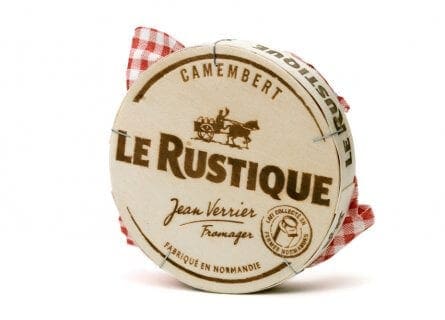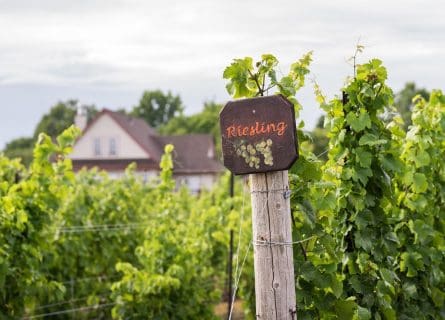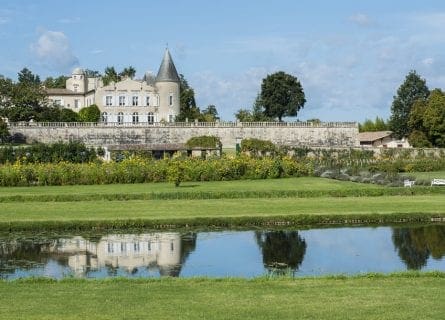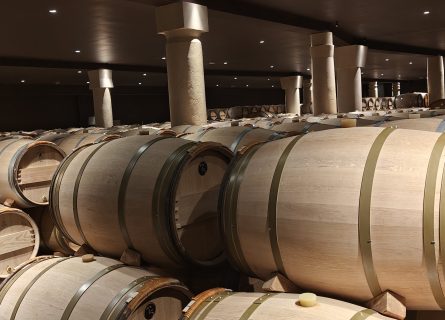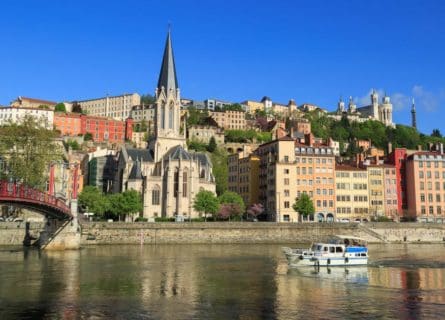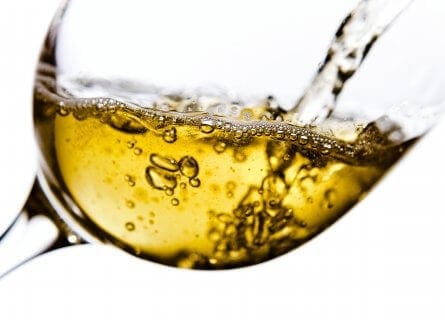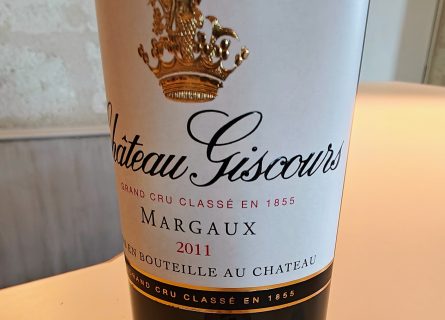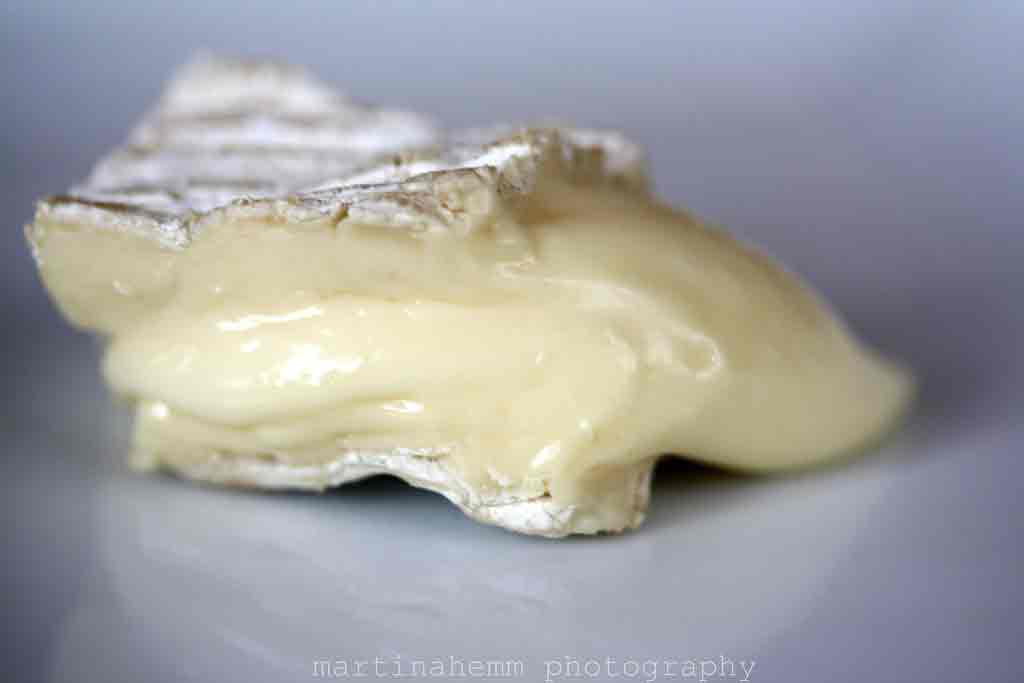
Nice Travel Guide
Nice: The Jewel of the Cote d'Azur, Where Glamour Meets Artistic Splendor in a Mediterranean Paradise
The Cote d’Azur (Azure Coast), with its legendary scenery, glistening seas, idyllic beaches, and excellent gastronomy, is undoubtedly a gift from the heavens. Indeed, this glamorous piece of coastline has long attracted the jet-set, everyone from queens, tsars, and princes to today’s celebrity A-list visitors. And if this super-chic part of the world has a ‘capital,’ then it is undoubtedly Nice.
The painter Henri Matisse certainly understood this magical city’s charms, expressing his admiration for Nice’s incredible light and its legendary joie de vivre. It’s understandable, of course, for this city offers some of the best quality of life in the world. Shimmering Mediterranean shores, the best Provencal cuisine, unique artistic heritage, and Alpine wilderness are within an hour’s drive from Nice. No wonder so many visitors fall in love with the place and never want to leave!
The first visitors to spot Nice’s substantial charms were the Ligurians, who occupied the eastern part of France’s Mediterranean coast, including the area now known as the Cote d’Azur, in the 1st Millennium BC. Yet Nice was founded by the Greeks around 350 BC. It was a settlement initially designed as a base for the Greek seafarers from Marseille. They named the settlement Nikaia to commemorate a nearby victory – victory is ‘Nike’ in Greek.
However, the Romans also set their sights on conquering the alluring territory of the Cote d’Azur and forced out the Greeks in 125 BC. Following their invasion of Gaul (France) in the last century BC, the Romans created Provincia Romana – the area between the Alps, coast, and the River Rhone – which became what we know as Provence. In 154 BC, the Romans finally settled in what is now called Cimiez, where Roman ruins remain today.
Sadly, Nice’s fortunes took a dramatic change for the worse following the collapse of the Western Roman Empire. In the 5th century AD, various tribes from northern Europe overran France and Spain, capturing settlements along the Mediterranean. However, in the 7th century, Nice regained some of its former importance when the city joined the so-called Genoese League of Western Italy. Yet there would be many hardships ahead: Nice was attacked by Saracens from the Middle East several times in the 8th and 9th centuries.
During the Middle Ages, Nice switched allegiances. It became an ally of Pisa, fighting many wars against Genoa, attracting the wrath of the King of France and the Holy Roman Emperor. By the 10th century, Nice was ruled by the Counts of Provence, although the city found more stability as part of the House of Savoy. In 1388, Nice was incorporated into this great dynasty, while the rest of the surrounding Provencal region became part of the French kingdom in 1482.
As a vital outpost of the Savoy, Nice rapidly became one of Western Europe’s most important commercial and maritime cities. It witnessed several key events and conflicts; in 1543, Nice was laid siege by the united forces of Francis I and Barbarossa Hayreddin Pasha, who wished to claim the city as their own. Its inhabitants fought bravely against the bombardments, although they were eventually forced to surrender. Barbarossa mercilessly pillaged the city, taking with him more than 2000 prisoners. As a result, famine and pestilence would torment the remaining inhabitants for years.
The 17th and 18th centuries would see more turmoil for the citizens of Nice, yet rival powers, consumed with jealousy, repeatedly fought to take control of this highly important strategic city. In 1600, Nice was captured by the Duke of Guise, who proclaimed complete freedom of trade in 1926. However, the city was retaken in 1691 by Nicolas Catinat, although the French army laid siege to Nice again in 1705. Indeed, in the 18th and 19th centuries, Nice was occupied several times by the French and other powers – conquered in 1792 by the armies of the First French Republic, Nice was part of France until 1814, whereafter it fell under the control of the Kingdom of Piedmont-Sardinia.
After the Austrians were driven from northern Italy due to an agreement between Napoleon III and the House of Savoy, France took control of Nice via the Treaty of Turin in 1860. During this period, the English aristocracy and European royalty made Nice their second home, enjoying the mild winter climate.
Throughout the 20th century, Nice enjoyed an exceptional art scene, spanning every movement from Impressionism to new realism. Moreover, paid holidays for all French workers from 1936 and improved transportation saw many more visitors arrive in summer, transforming Nice into a year-round summer playground.
Yet it wasn’t all plain sailing; the outbreak of the 2nd World War caused much hardship and suffering for the citizens of France, particularly its Jewish community. Nice became a city of refuge for Jews fleeing Nazi persecution and the anti-semitic policies of the puppet Vichy Regime. On 26 August 1942, 655 Jews of foreign origin were rounded up by the local government and interned in the Auvare barracks.
The second half of the 20th century saw Nice recover from the horrors of the 2nd World War and enjoy an unparalleled period of prosperity driven by tourism and massive new construction projects. Today, thanks to its busy international airport, Nice remains one of the most popular destinations in France for a summer holiday. Its heart and soul undoubtedly reside in the picturesque old town, a labyrinth of narrow streets and pretty squares reverberating with merry punters at night while strollers, in-line skaters, and sunbathers line the seafront during the summer months.
It’s a cliché, sure, but a cliché that works for this most multifaceted of cities: there is something for everyone in glorious Nice.
-
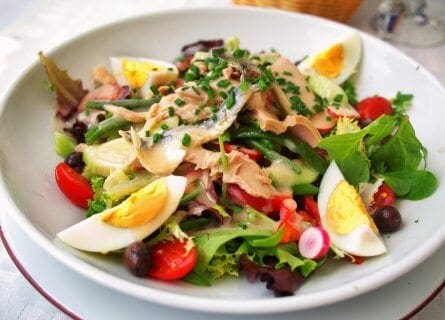
Salade Nicoise Gastronomy & Wine
It’s a once-in-a-lifetime experience to take in a food market’s smells, sights and sounds in Nice’s atmospheric old town. Take your pick from tables and tables of garlic, peppers, tomatoes, eggplants, courgettes, and asparagus, not to mention scores of fresh lavender and herbs from growers in the surrounding countryside. At its heart, Provencal cuisine is about simplicity and the holy trinity of fresh, seasonal, and local, with the added advantage of local culinary expertise. It’s a potent combination that transforms local produce into works of culinary art, everything from the rustic to the Michelin-starred.
Indeed, chefs are spoilt for choice in local produce; the Roman legacy of olives, wheat, and wine remains fundamental to the local diet. Lamb is a kitchen favorite; the best comes from the Camargue, where lambs graze on the herbs and salt marsh grass. Summer fruits are another major treat; Provence supplies France with the first of the season’s peaches, cherries, melons, and apricots. Local Nicois nibbles include:
- Socca (a thin layer of chickpea flour and olive oil batter fried on a large griddle, served with pepper).
- Ratatouille.
- The famous salade Nicoise.
Of course, the city boasts many restaurants, some brilliant, others touristy, and a few downright awful; however, La Table Alziari is anything but. It is run by the godson of the Alziari olive family; this delightful neighborhood restaurant serves exquisite yet simple fayre such as morue a la nicoise washed down with local wines. But for something grander, we’d suggest heading to the Chantecler. In a lavish Regency dining room, the Negresco Hotel’s Michelin-starred restaurant is no ordinary venue. Splash out on sea bass in an almond crust and Provence’s most excellent wine list.
Speaking of all things grape-related, you’ll be spoilt for choice as Provence offers many different wine styles. Moreover, despite widespread belief, this isn’t merely the land of sun-kissed rosé. Many exciting reds and superb whites have emerged over the last 20 years. Cotes de Provence is the most commonly seen appellation, home of sun-kissed rosé that perfectly suits the region’s climate. Based on the Mourvedre grape variety, Bandol can be divine: intense, spicy, aromatic, and long-lived. Bellet is another exciting sub-region, offering some well-structured reds, lightly floral, nutty whites, and gorgeous rosé. Finally, top-end restaurants will offer a selection of wines from across France, but take our advice and drink local. It’s the obvious choice, both for quality and value.
A Gastronomic Guide of Provençal Cuisine: Read more
Nearby Wine Regions
-
 Explore the enchanting Provence wine region and discover the symphony of sights, aromas, and timeless wines it offers. Read more
Explore the enchanting Provence wine region and discover the symphony of sights, aromas, and timeless wines it offers. Read more -
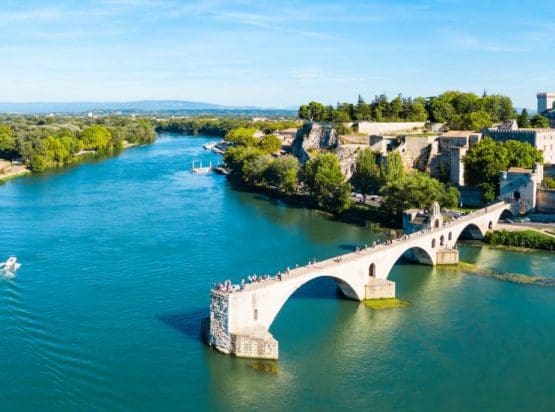 Tour Rhône Valley for prestigious wines & culinary delights, from Côte Rôtie's charm to Hermitage's grandeur. Plan your trip! Read more
Tour Rhône Valley for prestigious wines & culinary delights, from Côte Rôtie's charm to Hermitage's grandeur. Plan your trip! Read more
Highlights
-
Vieux Nice
There is something exceptional about Nice’s labyrinthine baroque old town, a mysterious tangle of alleyways and backstreets bursting with local life and history. Cours Saleya, running parallel to the seafront at the southern end of the old town, hosts one of the most vibrant markets in Provence, with every type of local flower and lavender available in abundance.
-
Parc Du Chateau
This shaded hill and park, at the eastern end of Quai des Etats-Unis, are named after a 12th-century Chateau that was razed by Louis XIV in a fit of anger in 1706 and never rebuilt. The views of Vieux Nice are spellbinding.
-
Musee Matisse
Housed in a 17th-century Genoese mansion, this fascinating museum showcases Matisse’s evolution as an artist, with a collection that includes less well-known sculptures and his experiments with cloth, oil, etc.
-
Musee D'Art Moderne et D'Art Contemporain (Namac)
Designed by Yves Bayard and Henri Vidal, Mamac is worth a visit for the stunning architecture alone, nevermind the impressive collection of avant-garde art. Among our favorites is Andy Warhol’s 1965 Campbell’s soup can and works by Nice-born Yves Klein.
Recommended for you
More information
If you would like us to customize an exclusive luxury tour, contact us and let us know your travel plans. We offer luxury food and wine tours for private groups of a mininium two guests. In addition, all of our private, chauffeured tours are available year-round upon request.


